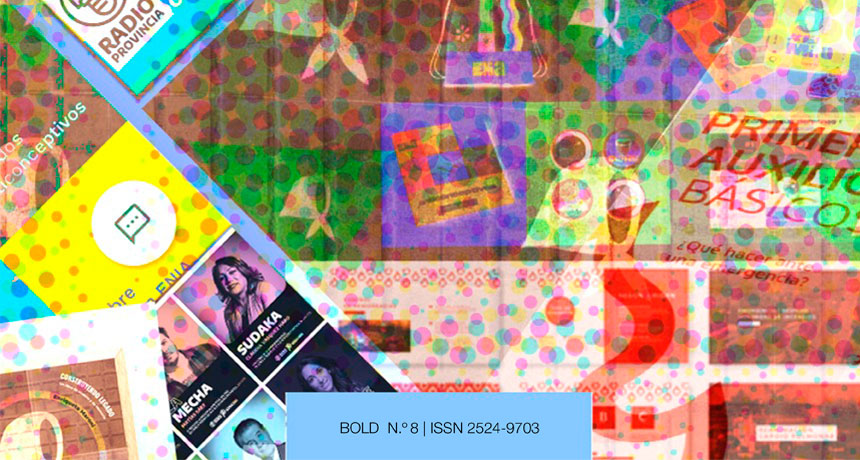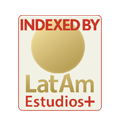The Design Question
DOI:
https://doi.org/10.24215/25249703e015Keywords:
Design, art, educationAbstract
These lines will seek to outline some ideas around a question as controversial as it is necessary: is design art? The classic and most frequented disciplinar bibliography has been blunt in that sense and seems to have achieved the objective of hegemonizing its thought. However, are there no alternative points of view? There are core matters to art that touch design and go through it without elusions. This article will try to bring them to the surface and to promote debates within our profession.Downloads
References
Belinche, D. (2019). Diez formas de arruinar una clase. La Plata, Argentina: Universidad Nacional de La Plata, Facultad de Bellas Artes.
Ciafardo, M. (Comp.). (2020). La enseñanza del lenguaje visual: bases para la construcción de una propuesta alternativa. La Plata, Argentina: Universidad Nacional de La Plata, Facultad de Artes.
Colombres, A. (2007). Sobre la cultura y el arte popular. Ciudad Autónoma de Buenos Aires, Argentina: Del Sol.
García Canclini, N. (1995). Consumidores y ciudadanos. Conflictos multiculturales de la globalización. Ciudad de México, México: Grijalbo.
Piglia, R. (2000). Formas breves. Barcelona, España: Anagrama.
Ministerio de Educación de la Nación. (2011). Resolución CFE N.° 111/10 y Anexo. La educación artística en el sistema educativo nacional. Recuperado de http://repositorio.educacion.gov.ar:8080/dspace/handle/123456789/110513
Tesone, P. (2017). Un recorrido por el taller. Metal, (3), 86-93. Recuperado de http://papelcosido.fba.unlp.edu.ar/ojs/index.php/ metalarticle/view/463
Vygotsky, L. (2000). La imaginación y el arte en la infancia. Madrid, España: Ediciones Alcal.
Downloads
Published
How to Cite
Issue
Section
License
The acceptance of the manuscript by the magazine means the non-exclusive cession of the property rights of the authors in favour of the editor, who allows the reuse, after publication (post print), under a license Attribution-NonCommercial-NoDerivatives 4.0 International.
According to these terms, the material can be copied and redistributed by any means or in any format as long as a) the author and original source of the publication are quoted (magazine and URL of the work), access to the license is provided and whether changes have been made is mentioned; and b) the material is not used for commercial purposes.
The cession of non-exclusive rights means that after the publication (post print) in Bold the authors can publish their work in any language, means and format; in such cases it must be mentioned that the material was originally published in this magazine. Such cession also means the authorization of the authors for the work to be collected by SEDICI, the institutional archive of the Universidad Nacional de La Plata, and to be spread in the databases that the editorial team considers appropriate to increase the visibility of the publication and its authors.
Moreover, the magazine encourages the authors to deposit their productions in other institutional and thematic archives under the principle that offering the society the scientific and academic production without any restrictions contributes to a greater exchange of the global knowledge.

























